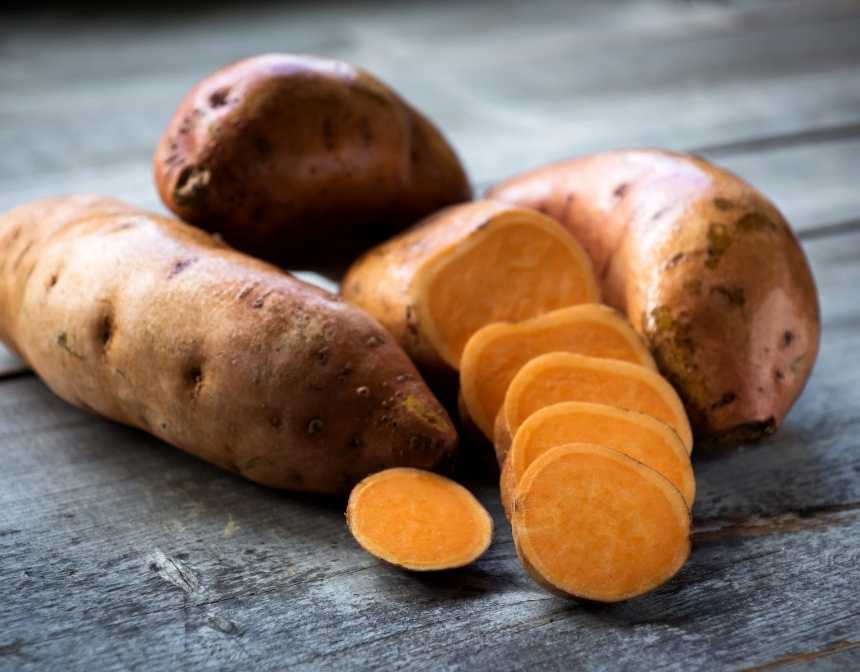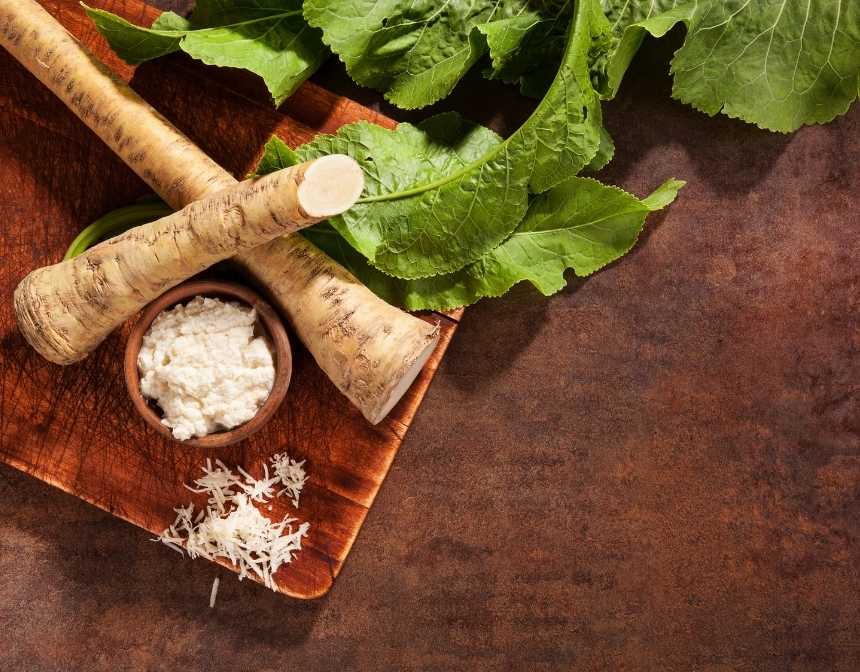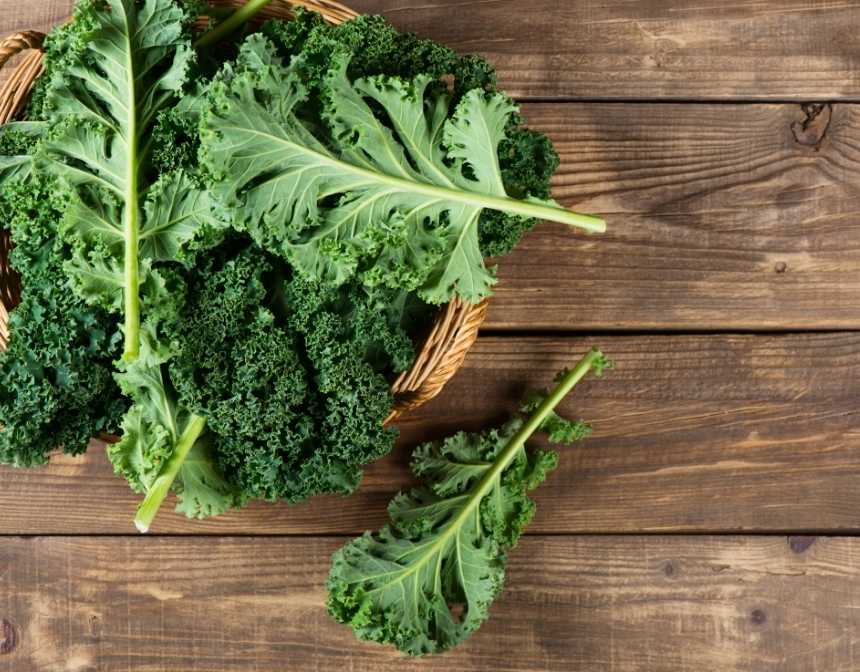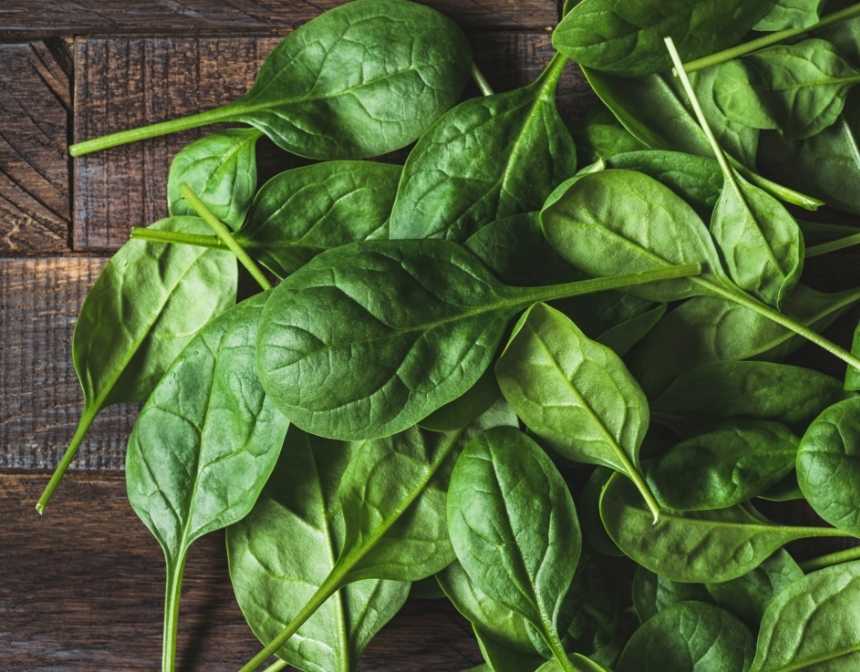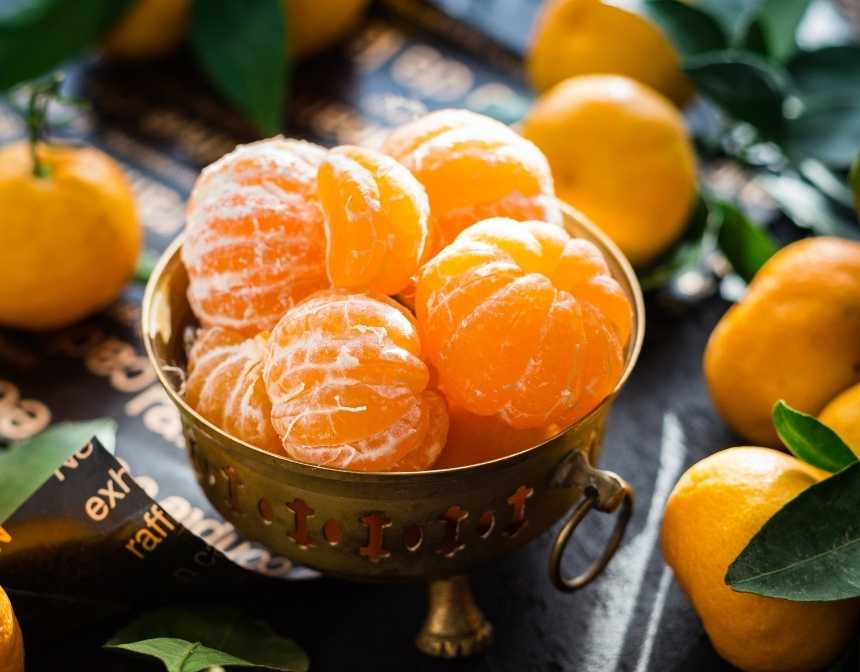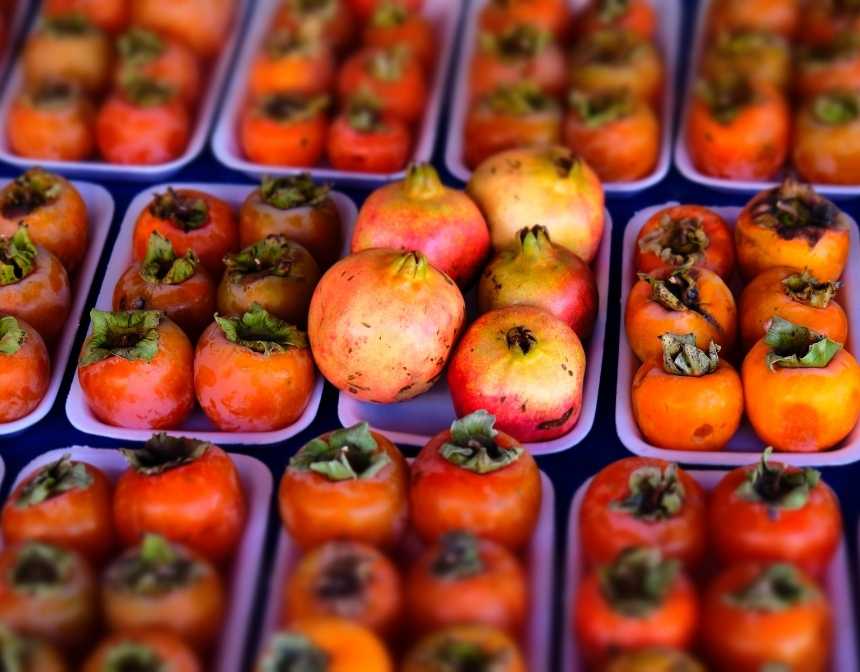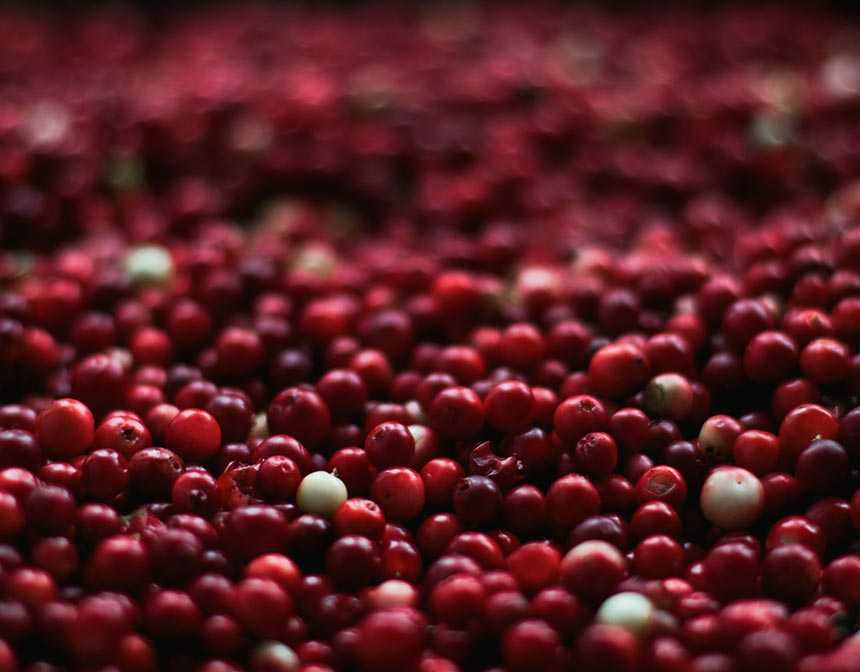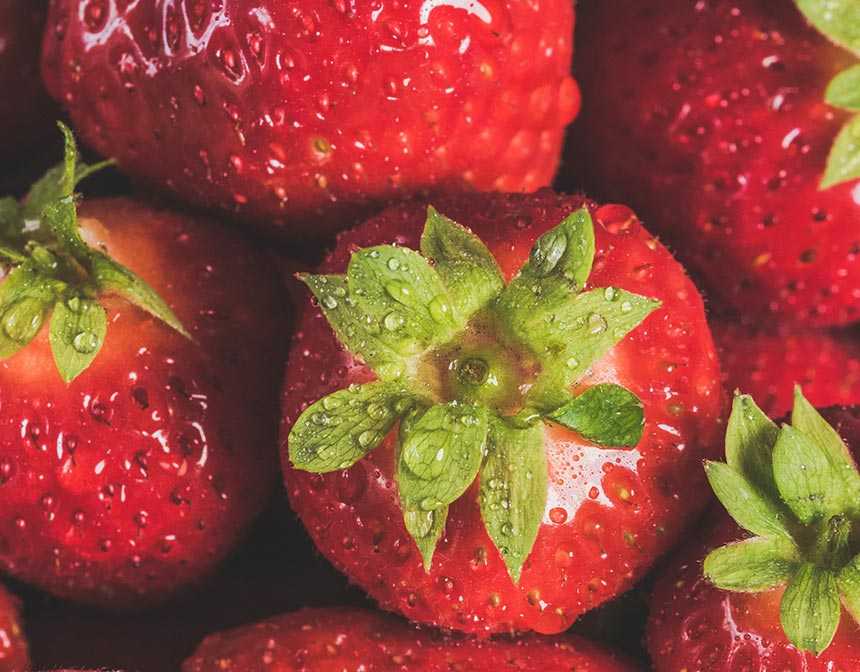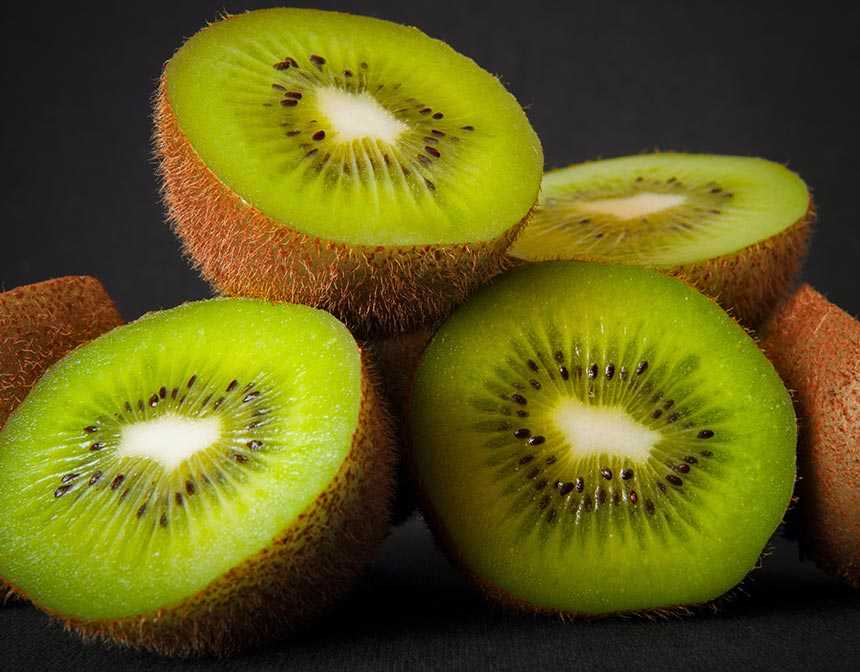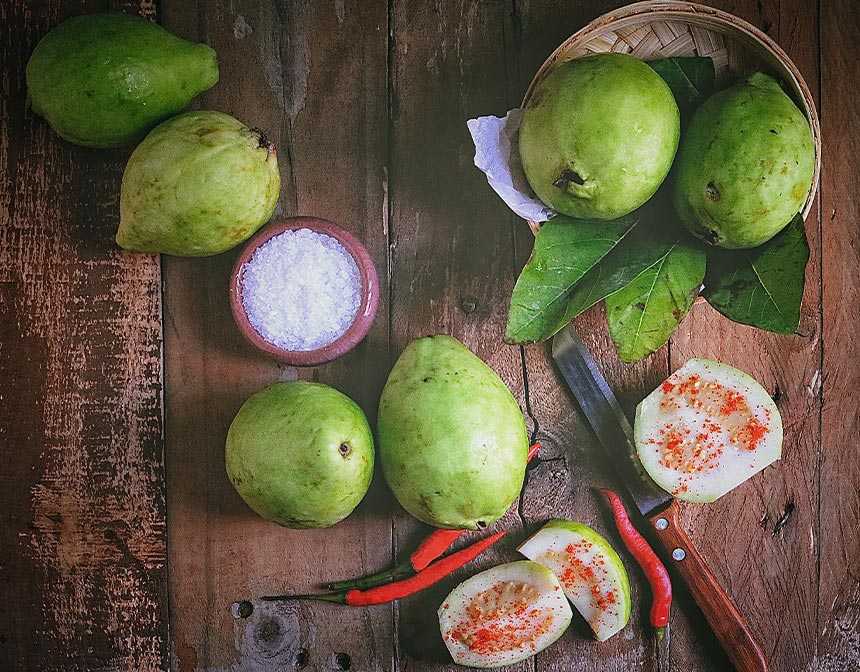Best Healthy Winter Fruits and Vegetables
Winter is here already and it brings its own ensemble of fruits and healthy vegetables. Temperature drops and cold weather don’t stop fresh new crops to sprout during fall and winter. Adding them to your diet will nourish you with tremendous amounts of nutritional and health benefits. Here’s what you need to know about these seasonal fruits and vegetables that make themselves available to us in the cold weather.
Winter Vegetables
Sweet Potato
Sweet potatoes may be available throughout the year but they’re at their best during the winter months. Renowned for beta carotene richness, sweet potatoes are enough to completely replenish your daily requirement of vitamin-A. They’re abundant in antioxidants, protein and some minerals and fare quite low on the glycemic index.
Horseradish
Horseradish may be available in the markets throughout the year but the real yield farmers grow in winter is the best. Similar to other root vegetables, it stays well right into spring. You can use it to brew your own home-made vodka or grate it into a salad.
Kale
Kale, like other leafy greens, taste quite nice and sweet during cold weather. You can stew them with aromatics or even grate them raw into salads. Kales come in a variety of forms of which curly kale is the most common. It’s great for eye-health and rich in minerals like iron and calcium.
Spinach
Just 7 calories of spinach can restock your complete daily vitamin K requirement. This leafy dark-green vegetable is one of the most famous symbols of well-being and health because of the nutrient package it offers. According to medical experts, spinach can enhance your body’s defenses to fight chronic disease by regulating blood pressure.
Brussels Sprouts
September-February is the ideal season for brussels sprouts. It is rich in vitamins A, C, and K. It regulates blood pressure thanks to its high content of potassium. It is protective against heart diseases. You can keep it in the refrigerator for a few weeks.
Beets
They’re available most of the year but since farmers harvest them during winter, the fresh fall produce is the best. Beets are abundant in nutrients that aid your body’s defenses against liver and cardiac complications. Another good reason for having them in winter is the low calorie count during the season. Apart from this, they’ll also help you enhance the flow of blood to the brain.
Carrots
Farmers usually harvest carrots during summer but the vegetable is at its best during the fall and winter months. Carrots are known to crystalize their starch into sugar in order to prevent freezing. This gives them a rather sweeter taste during winter. Its nutrients include the vitamin A-rich beta-carotene, that helps empower the immune system, and lots of carotenoid antioxidants. These carotenoids are great for protection against many chronic diseases like breast and prostate cancer.
Red Cabbage
Belonging to the cruciferous family of vegetables, the red cabbage has an exceptional nutrient profile that boasts many important vitamins like vitamin-A, C and K, including minerals like potassium and manganese. The real deal, however, is its richness in antioxidants like anthocyanin that help reduce cardiac disease risks particularly the coronary artery disease. Sautéed with seasonings and vinegar, you can serve red cabbage with grilled meals.
Winter Squash
Squash are mostly available starting from winter and well into spring. Select the ones that are not blemished or bruised and weigh heavier for their size. You can puree them into a delicious soup, roast, bake or even stuff them. Winter squash are rich in vitamin A, C, antioxidant fibers and minerals like thiamin and folate.
Winter Fruits
Pomegranates
Pomegranates, one of the world’s most nutritious fruits, start coming into the markets from October and are available for most of the winter. The dark red seeds of pomegranates can enrich your diet with myriads of anti inflammatory nutrients when used in juices. These antioxidants are crucial for preventing heart disease and can help you reduce the risk of developing diabetes.
Clementine
Clementine are an easier-to-peel cousin of oranges, which are available all winter long usually starting from December. This seedless fruit is both easy and delicious to eat that makes them an excellent on-the-go option. Like other citrus fruits, the amount of vitamin-C and other antioxidants present inside clementine help keep your skin healthy during the dry winter spells.
Date Plums
Date plums resemble plums but are yellow-colored. It’s a cholesterol-free, fiber-rich fruit abundant in vitamin A and C. It’s an excellent fresh fruit during winters because it’s effective in regulating the blood sugar level and boosting your immune system during peak flu season.
Winter Pears
Farmers harvest winter pears through fall and then store them in for around 4 weeks. It is a sweet, low-calorie fruit, rich in antioxidants and fiber. Its anti-inflammatory properties and vitamin-C richness is very effective for stroke and cancer prevention.
Grapefruit
It is a tropical fruit with a bitter and sour taste. Vitamin C is quite high in grapefruit. It is the best solution to prevent flu infections during the winter months. It is good for blood pressure, heart and cholesterol. But it is a fruit that should be considered while consuming. It may cause side effects if it is consumed with some drugs.
Cranberries
Cranberries pack a nutritious punch of antioxidants and other diet essentials that can help your body ramp up its defenses against cancers, inflammation and cardiac complications. It can also enhance your immune system, helping it fight the notorious seasonal influenza. You can eat it fresh or blend it into a juice to drink at least once every week.
Strawberry
Strawberries surface some time during the winter and its harvest is a hallmark of winter attractions that makes the farms look serene. You should eat them farm fresh, right when their season arrives because it’s a great immunity-boosting fruit, which can help you have a great looking skin thanks to its rich antioxidant content.
Kiwi
With their vitamin C richness, Kiwifruit are great for improving immune system and helping your body in the healing process. Its edible black seeds are excellent sources of fibers, both soluble and insoluble. Antioxidants and minerals like potassium and magnesium can help you improve cardiac health. You can slice it up and use in a fruit salad or a chicken tostada.
Guavas
Guavas are one of the fruits that you can find in the market all year round but the ones available during winter can provide you with the best results ever. The guava folate is excellent for fertility and sexual health. They also enhance thyroid gland performance and its high-fiber content helps keep your digestive system working well. You can have guavas straight out of the bag. Although guava juice is extremely delicious.
Here are some delicious recipes you can make with winter fruits and vegetables
Spinach Smoothie
If you're working hard or need something to give energy during the day, the Banana Spinach Smoothie can be a great choice. This easy-to-prepare recipe...
Pomegranate Rice
Rice pilaf can be interpreted differently by everyone. By making small additions, completely different recipes and flavors can appear. These differences...
Pear Salad
You should start preparations without wasting time for a high-protein, amazing flavor and addictive salad.
Kale Chips
It is sometimes difficult to produce snacks for vegan diets. But with some creative thinking, great flavors can be prepared for vegans. This recipe we...
Strawberry Jam
It is the indispensable name of breakfast tables with its smell, taste and consistency.
Cranberry Sauce
Cranberry sauce or cranberry jam is a side dish served with Thanksgiving and Christmas dinner. Especially in North America, it is an integral part of turkey...
Red Beet Bulgur Salad
Paşadayı, the new favorite square of Alaçatı in Çesme, has an amazing tapas restaurant 'Ortaya' serves you with its delicious delicacies. You should...
Carrot Soup
Carrot Soup, which you can serve with sandwiches or salads on cold winter days, is creamy and delicious. Carrot soup is a vegetable soup prepared with...
Creamy Butternut Squash Soup
Preheat the oven to 180°C (350°F). Place the squash quarters cut-side up on a baking tray and drizzle with 1 tablespoon of olive oil. Roast for 40 minutes,...

